Reactivity studies of monovalent organozinc complexes
Lewis acid-base formation
Due to the steric and electronic flexibility of the Cp* ligand, dizinkocene Cp*2Zn2 seemed to us as a suitable starting reagent for consecutive reactivity studies. In recent years, we studied in detail the Lewis acidity of group 13 compounds. Therefore, we were interested in the Lewis acidity of Cp*2Zn2. Reactions of Cp*2Zn2 with 4-dimethylaminopyridine (dmap) resulted in the formation of a Lewis acid-base adduct. Surprisingly, the two dmap molecules bind in a geminal fashion to one of the two zinc atoms with preservation of the Zn-Zn bond.[6] The analogous reaction of Cp*2Zn results in the formation of Cp*2Zn(dmap).[6] In contrast, reactions of low-valent organomagnesium complexes with Lewis bases yield Lewis acid-base adducts RMg(L)-Mg(L)R, in which the Lewis bases L bind in a vicinal coordination mode to the two Mg atoms.
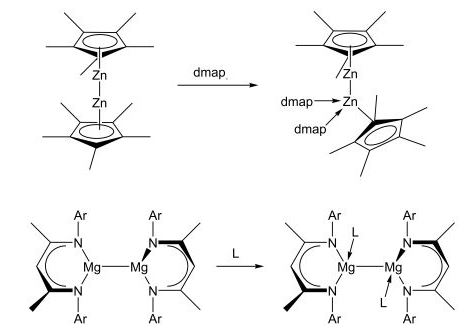
Scheme 3: Formation of Lewis acid-base adducts of Zn(I) and Mg(I) complexes.
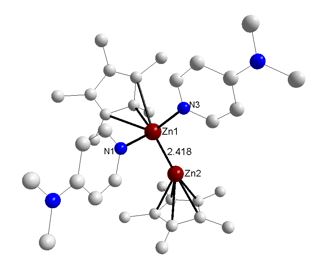
Figure 1: Molecular structure of Cp*2Zn2(dmap)2.
Ligand exchange reactions
Cp*2Zn2 was found to serve as synthon for the synthesis of new low-valent organozinc compounds. Reactions of Cp*2Zn2 with different H-acidic compounds such as [{MesN(Me)C}2CH]H [7] or bis(iminophosphorano)methanes H2C[P(Ph2)NR]2 [8] yielded new homo- and heteroleptic Zn(I) complexes. These substitution reactions proceed with protonation of the Cp* ligands (Scheme 4 and Figure 2).
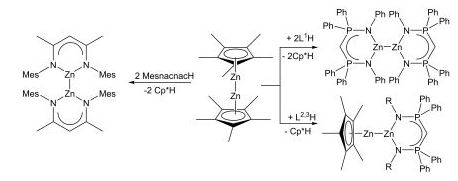
Scheme 4: Synthesis of homo- and heteroleptic Zn(I) complexes.
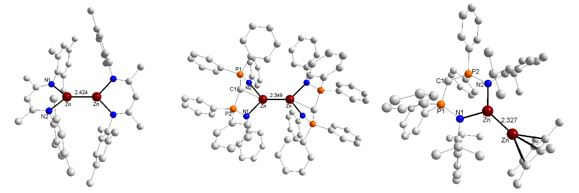
Figure 2: Molecular structures of homoleptic und heteroleptic Zn(I) complexes.
All known Zn(I) and Mg(I) complexes are kinetically stabilized by sterically demanding, often chelating organic ligands, which inhibit disproportionation reactions. For this purpose, the ß-diketiminato ligands (nacnac-ligands) has been demonstrated to be a very valuable class of compounds. The comparison between analogously substituted Zn(I) and Mg(I) compounds shows several structural similarities. According to NBO analyses, the metal-metal bonding in almost all compounds of the type LMML (M = Zn, Mg) has a high s-character, typically exceeding 90 %, and can be interpreted as a covalent single bond, whereas the interactions with the organic substituents are predominantly ionic.
By means of another protonation reaction between Cp*2Zn2(dmap)2 and [H(OEt2)2][Al{OC(CF3)3}4] we were able to synthesize the first base stabilized Zn22+ dication.[9]

Scheme 5: Synthesis of the first base stabilized zinc dication.
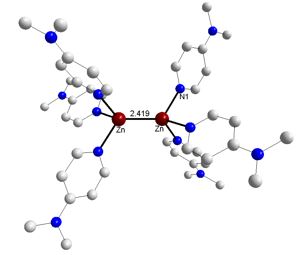
Figure 3: Molecular structure of the first base stabilized zinc dication.
Moreover, we introduced very recently a novel reaction pathway for the synthesis of Zn(I) complexes by elimination of Cp*K from Cp*2Zn2. Zinkocene Cp*2Zn as well as dizinkocene Cp*2Zn2 reacts with the potassium salts of (pyrazolyl)borates to the corresponding Zn(II) and Zn(I) complexes in almost quantitative yields.[10]

Scheme 6: Synthesis of Zn(I) and Zn(II) complexes.
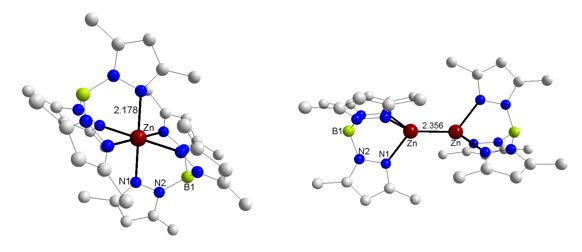
Figure 4: Molecular structure of a Pyrazolyborate-Zn(II) (left) and a Zn(I)-complex (right).
Go back: Low valent organozinc compounds
For more: Reactivity studies of monovalent organozinc complexes
